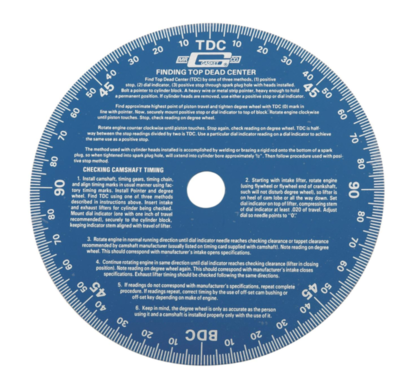wyrmrider
Well-Known Member
Not using a Landis CNC grinder here
old school
on some you have a Vernier divider to set the angle of the lobe
and have to set every lobe by hand (I am lousey at this)(on the very few I have
done)
others you set the first one then there are notches every 45 degrees so (for a V8) you can more quickly grind all the Intakes
then you do the same drill with the exhausts
keep the wheel dressed
maybe change to a newer/ finer stone and "spark out" the final pass
Those Engle grinds were first introduced in the late 1990's or early 2000's
you know what computers were like back then
(slightly later than Comp 168 UD Harold period- about Ultradyne time frame)
they may have been re-mastered
Incidentally Jack Engle was a good friend of Dick Jones- father of Mike and Rick
Weitse are you using a 180 degree or 90 degree degree wheel?
old school
on some you have a Vernier divider to set the angle of the lobe
and have to set every lobe by hand (I am lousey at this)(on the very few I have
done)
others you set the first one then there are notches every 45 degrees so (for a V8) you can more quickly grind all the Intakes
then you do the same drill with the exhausts
keep the wheel dressed
maybe change to a newer/ finer stone and "spark out" the final pass
Those Engle grinds were first introduced in the late 1990's or early 2000's
you know what computers were like back then
(slightly later than Comp 168 UD Harold period- about Ultradyne time frame)
they may have been re-mastered
Incidentally Jack Engle was a good friend of Dick Jones- father of Mike and Rick
Weitse are you using a 180 degree or 90 degree degree wheel?
















